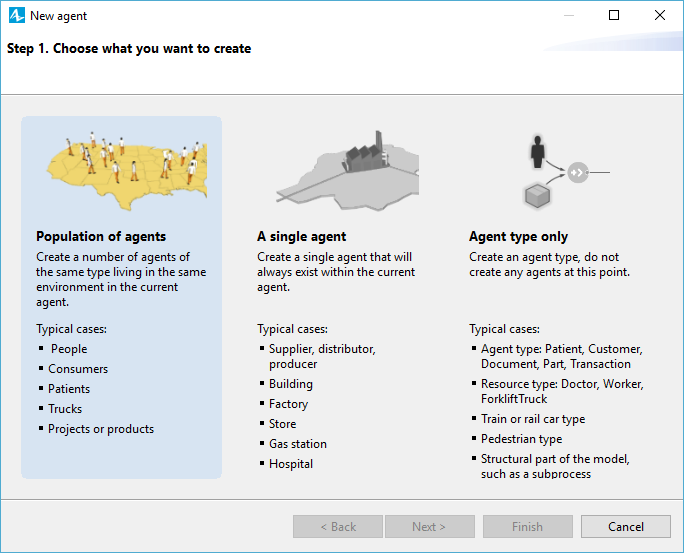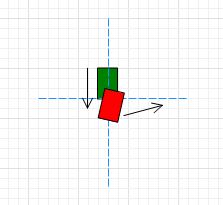

Various approaches to model WNV transmission risk or spread are reviewed in Chevalier et al. Many scientific studies have examined the transmission dynamic modelling of WNV. Conversely, various kinds of mammals (including humans) act as incidental or dead-end hosts that cannot pass the virus to another host or feeding mosquitoes. In this transmission cycle, birds act as amplifying hosts since the virus is amplified in their bloodstream, and it could be transmitted to the next group of feeding mosquitoes. An infected bird can, in turn, infect a (healthy) mosquito that bites the bird. An infected mosquito can infect a (healthy) bird by feeding on it. The main means of transmission and spread of WNV is through birds. During the next stages of the mosquito life-cycle, eggs hatch into larvae, and then begin molting their skins until they change into pupae that develop into adult mosquitoes. Under certain weather and habitat conditions, adult female mosquitoes take a blood meal from their hosts to obtain necessary nutrition to lay their eggs. Mosquitoes of certain genera carry and transmit WNV to other animals including humans.

This paper examines data inputs into an agent-based model (ABM) and simulation of West Nile Virus (WNV) using the AnyLogic software, with a specific focus on data collection and compatibility, and preparation or processing techniques. This research should be useful to others working on a variety of mosquito-borne diseases (eg, Zika, dengue, and chikungunya) by demonstrating the importance of data relating to Manitoba and/or introducing procedures to compile such data.

#POPULATION TAKE DIFFERENT PATHS ANYLOGIC SOFTWARE#
Accessing shapefiles and their databases in AnyLogic are also discussed.Ĭonclusions: AnyLogic simulation software in combination with Esri ArcGIS provides a powerful toolbox for developers and modellers to simulate almost any GIS-based environment or process. Municipality shapefile maps were converted to built-in AnyLogic GIS regions for better compatibility with census data and initial placement of human agents. A significant amount of data regarding 152 bird species, along with their population estimates and locations in Manitoba, were gathered and assembled. Results: Different maps were combined to create a grid land cover map of Manitoba, Canada in a shapefile format compatible with AnyLogic, in order to modulate mosquito parameters. A diverse variety of topics and techniques regarding the data collection phase are presented, as modelling WNV has many disparate attributes, including landscape and weather impacts on mosquito population dynamics and birds’ roosting locations, population count, and movement patterns. Methods: The main technology used in this protocol is based on AnyLogic and ArcGIS software.

Objective: This paper describes the data preparation phase of setting up a geographic information system (GIS) simulation environment for WNV Agent-Based Modelling in Manitoba. The first appearance of infected birds in Manitoba, Canada was in 2002. Since the 1950s, many outbreaks have occurred in various countries. JMIR Perioperative Medicine 38 articlesĮlectrical and Computer Engineering DepartmentĮmail: West Nile Virus (WNV) was first isolated in 1937.JMIR Biomedical Engineering 42 articles.Journal of Participatory Medicine 57 articles.JMIR Rehabilitation and Assistive Technologies 114 articles.JMIR Pediatrics and Parenting 117 articles.Interactive Journal of Medical Research 207 articles.JMIR Public Health and Surveillance 669 articles.Journal of Medical Internet Research 5463 articles.


 0 kommentar(er)
0 kommentar(er)
